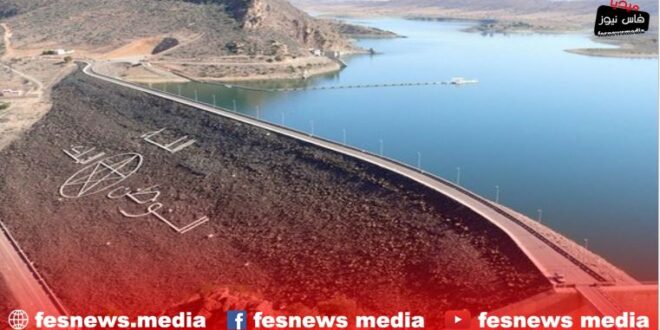Recent data has revealed a significant decrease in the fill rates of major dams in Morocco, highlighting the worsening water crisis facing the country. According to the presented statistics, the overall dam fill rate has reached 28.88%, a decrease of 0.08% from the previous period.
The data shows a large disparity in fill rates among various dams:
- Al Massira Dam records the highest fill rate at 56.32%
- Followed by Al Wahda Dam at 46.21%
- Then Bin El Ouidane Dam at 31.92%
- Al Kansera Dam at 45.62%
In contrast, some dams are suffering from notably low levels:
- Oum Er-Rbia Dam at only 4.77%
- Sidi Mohamed Ben Abdellah Dam at 12.21%
- Al-Mukhtar As-Soussi Dam at 12.81%
These figures reflect the critical state of water resources in Morocco, with the total volume of water currently stored in dams amounting to 4,656.64 million cubic meters.
This decline comes amid a severe drought wave hitting the country, raising serious concerns about water and agricultural security. The Moroccan government faces a significant challenge in managing scarce water resources and ensuring water supply for human consumption and agriculture.
This situation calls for urgent measures to rationalize water consumption and develop sustainable strategies for long-term water resource management.
The stark contrast in dam levels across the country underscores the need for a comprehensive approach to water management, potentially including improved water distribution systems, investment in water-saving technologies, and public awareness campaigns about water conservation. As Morocco continues to grapple with the impacts of climate change, addressing this water crisis remains a top priority for ensuring the country’s sustainable development and food security.
 فاس نيوز ميديا جريدة الكترونية جهوية تعنى بشؤون و أخبار جهة فاس مكناس – متجددة على مدار الساعة
فاس نيوز ميديا جريدة الكترونية جهوية تعنى بشؤون و أخبار جهة فاس مكناس – متجددة على مدار الساعة













